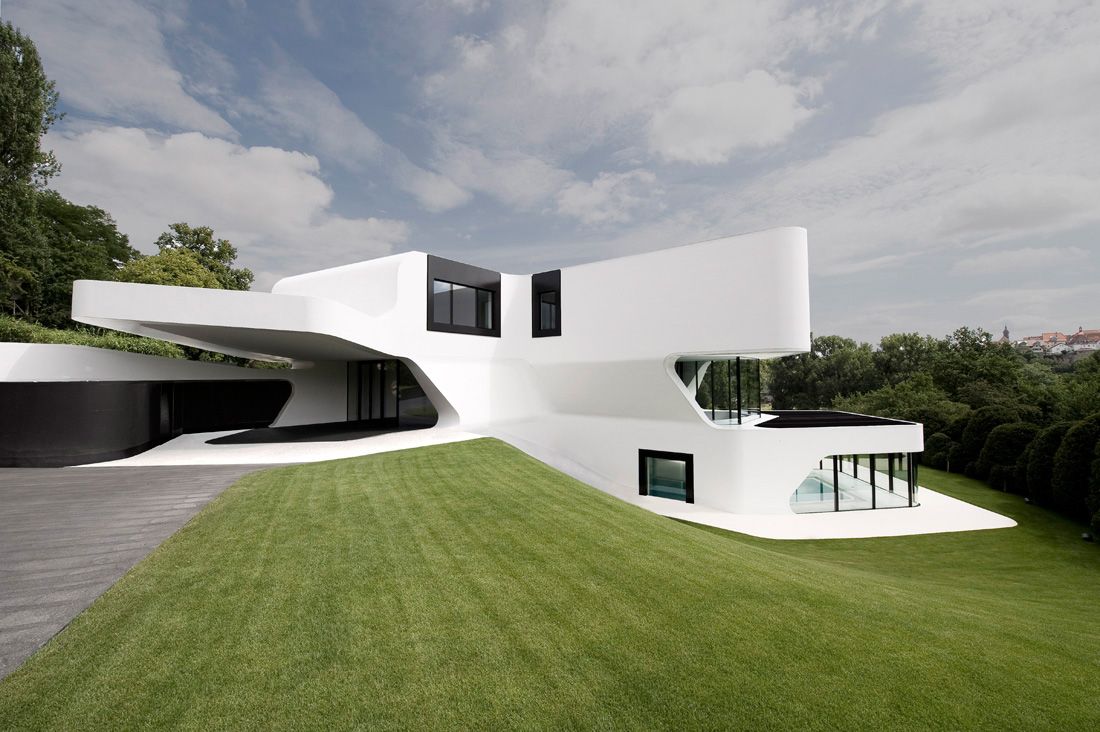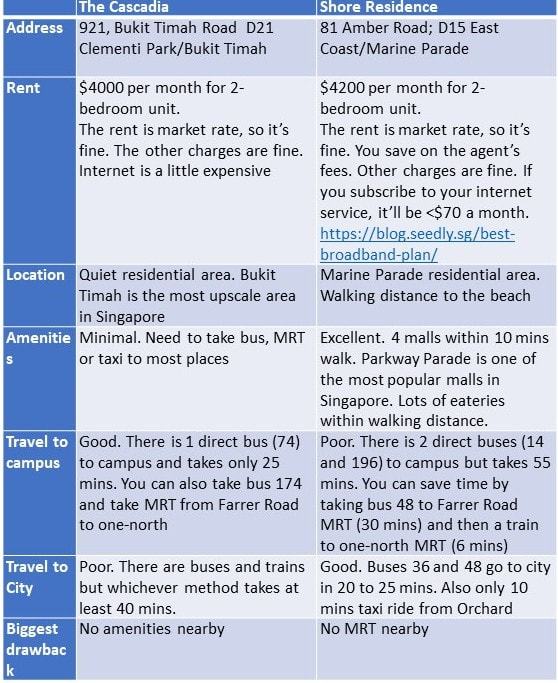Property Viewings |
Property Analysis |
|
Tips for viewing properties to rent in Singapore
Viewing properties to rent plays a vital part in the house-hunting journey. Even if you want no hassle and your objective is simply to find a roof to sleep under, putting some effort into viewing properties may prove useful. After all, it shall not be the first time that a seemingly great apartment turned into a maintenance-needy hellhole the moment you actually moved in. To guard yourself against nasty surprises of clogged drains, rock-hard mattresses and haphazardly rattling aircon installations, it is a good idea to get a bit fastidious on this viewing! A. Prep work While the average viewing only takes about 15 minutes we recommend you to get there early, walk around and check out the neighbourhood, surrounding amenities and any and all factors that may affect your life in your prospective home. Landlord’s tend not to tell you about that construction project going on around the corner, the sports fields down the road and the complete lack of a chicken-rice stalls in the vicinity. So prior to your viewing, put on your sport shoes and go around to see if you are up for any surprises. If you commonly use public transportation to get around then we advise you to not make an exception the day you go when viewing properties. B. Video-tour or in-person visit Though you may have an option of doing a video tour of the apartment, we strongly recommend doing an in-person tour. This will allow you to 'feel' the apartment as well as notice some things not shown in the video tour e.g. cracks in a wall, or loud noise from a nearby construction. C. The unit You have about 15 minutes to relentlessly check your prospective home for any and all hidden defects and shortcomings. Take your checklist and nose around! You should freely engage the landlord or agent in conversation about everything you find in the apartment, and incorporate everything you find into your eventual negotiation. Apart from checking for defects there are a multitude of different things you should be taking note of. Here are some pointers: 1. Space: The scarcest commodity in our little red dot, space. Yes – see if the space of the unit makes sense to you, and if it is not being wasted by unnecessarily big closets or awkwardly places furniture. More so, while you can (with some effort) move things around yourself, some facilities will take efforts to relocate (inbuilt flatscreen) and others are immutable items (inbuilt kitchen). 2. Window Placement: One of those things which you never notice until it is not there anymore is natural light. See where the windows are located and reason out at what times of the day you will be enjoying (or suffering from) the sun. Unintentional afternoon saunas are a real and ever present danger in Singapore. 3. Plug points (Electrical Sockets): While not impossible, it will take some exasperating effort to change plug point locations around your house, so it is important to get them right from the start. And while extension cords are an easy substitute they may not help the aesthetics of your new home very much, and adequately networking them around will take effort too. So check out where they are located, and whether they strategically fit with the future layout of the place. 4. Internet potential: Singapore is at the forefront of connectivity and internet speed, and if you want to make use of this make sure there is a fiber termination point fitted into your new place. You can check out the Opennet website on how to eventually install it. 5. Ambiguities and Negotiation: Viewing properties is the perfect setting to get on the same line with the landlord or agent about what is included and what is not, and about who bears which responsibilities. As a rule try to leave as little as possible to chance and actively inquire about everything that may later be up for dispute. |
Below is sample property analysis comparing 2 condominium units performed in January 2021.
Negotiating the RentFollow these 7 Steps when Negotiating:
Step #1: Research rental prices and trends Step #2: Know your bargaining position The general trend has been that rental supply is higher than demand i.e. the market remains a tenant’s market. Step #3: Play hard-to-get Here’s what to do during the viewing, regardless of whether you like the place or not: 1. Ask all the necessary basic questions (e.g. location, utilities, last maintenance, condo facilities) 2. Ask the landlord’s asking price (even if you’ve already seen it on the listing) 3. Ask if it’s negotiable (even if it already looks like a good deal) 4. Say you’ll take time to consider before deciding whether to make an offer. Do not make an offer on the spot. 5. Mention that you have another properties to view in the same area Step #4: Get into the good books of the landlord’s agent Engage landlord’s agent in conversation. Common for landlords to accept lower offer just because they like the tenant better. Step #5: Assess your bargaining position Mention how much you like the apartment, and that that you’ll be weighing your options between a few candidates. Step #6: Play around with the variables E.g. Ask if utilities and furniture are incorporated as part of the eventual Tenancy Agreement (TA) Step #7: Use that ace up your sleeve Take some time to think it over before agreeing to sign the Letter of Intent (LOI). Please read the full article at https://www.99.co/singapore/insider/how-to-rent-a-place-in-singapore-a-guide/ |




